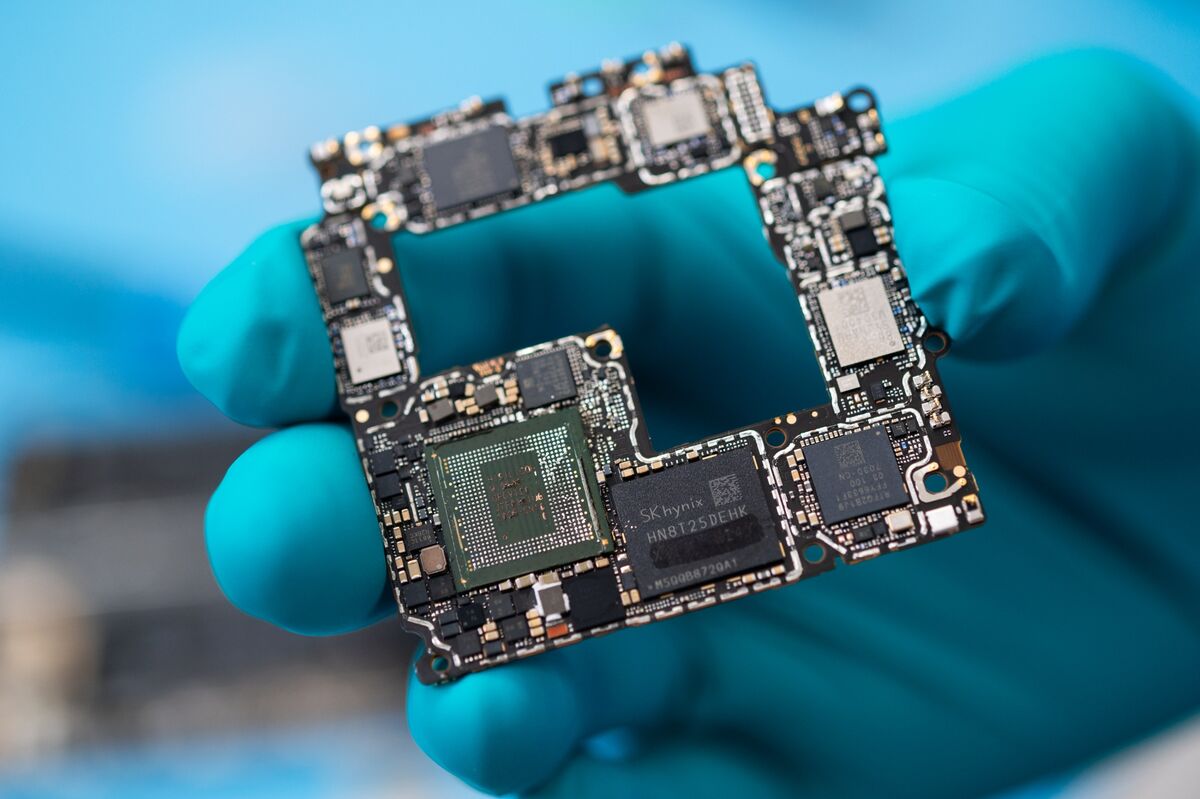Revolutionizing Particle Physics: Advancements in Klystron Technology Pave the Way for Energy-Efficient Colliders

The Quest to Understand the Higgs Boson
The discovery of the Higgs boson stands as a monumental achievement in fundamental science, a truly intriguing and unusual object that has captivated physicists worldwide. It's a cornerstone of the Standard Model of particle physics, responsible for giving mass to other fundamental particles. However, understanding its properties fully requires significantly more data than currently available.
Why Electron-Positron Colliders are Crucial
To unlock the full secrets of the Higgs boson, the scientific community recognizes the paramount importance of building an electron-positron collider. Unlike proton-proton colliders, electron-positron colliders offer a cleaner experimental environment, allowing for more precise measurements and a deeper understanding of the Higgs boson's interactions. This precision is vital for probing beyond the Standard Model and potentially uncovering new physics.
The Klystron: A Key Component for Collider Performance
The performance of any collider hinges on the power and efficiency of its accelerating structures. Here, klystron technology plays a critical role. Klystrons are high-power vacuum tubes that generate microwave pulses used to accelerate particles to near-light speeds. Recent advancements in klystron design are directly addressing the energy efficiency challenges associated with future, more powerful colliders.
Recent Breakthroughs in Klystron Technology
Significant strides are being made in klystron technology, focusing on several key areas:
- Higher Efficiency Designs: Researchers are developing klystrons with improved efficiency, minimizing energy loss during acceleration. This is crucial for reducing the overall operating cost of colliders and making them more sustainable.
- Compact Klystrons: Reducing the size and weight of klystrons is another priority. Smaller klystrons allow for more compact collider designs, reducing construction costs and potentially enabling new experimental possibilities.
- Advanced Materials: The use of novel materials with improved thermal conductivity and mechanical strength is allowing for higher operating frequencies and power levels.
- Digital Klystrons: These innovative devices utilize digital signal processing to precisely control the microwave pulses, leading to improved beam quality and stability.
The Future of Colliders and Klystron Technology
The ongoing advancements in klystron technology are not merely incremental improvements; they are transformative. They are directly enabling the development of next-generation electron-positron colliders, such as the proposed International Linear Collider (ILC) and the Circular Electron Positron Collider (CEPC). These colliders promise to provide unprecedented insights into the Higgs boson and potentially reveal new fundamental particles and forces.
As the quest to understand the universe's deepest mysteries continues, the synergy between particle physics and klystron technology will undoubtedly remain a driving force for innovation and discovery.






